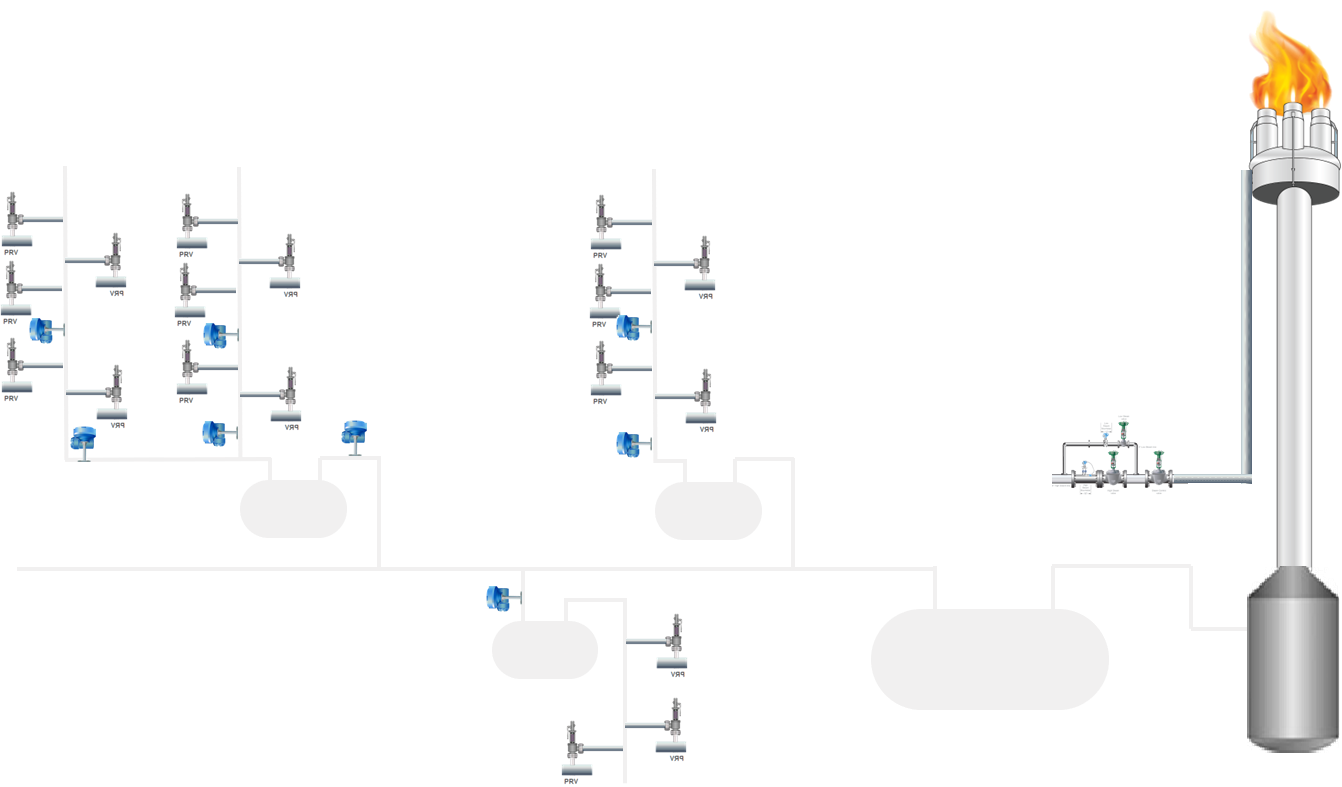At the 2024 4C Health, Safety & Environmental Conference, 4C Marketplace’s Steve Probst and Emerson’s Marcio Donnangelo presented Flare Headers Non-Intrusive Technologies.
Steve opened the session by pointing out the financial benefits of continuous monitoring for many ESG-related projects. Having to implement mitigation strategies for compliance does not provide ESG credit, but doing it before it’s required does enable it.
Some common opportunities for optimizing flare management include decreasing turnaround time, coordinating unit shutdowns, optimizing the use of flare gas recovery unit (FGRU) compressors, and staying within the flare capacity to avoid flaring conditions.
Marcio noted that this session would focus on flare header management. Technologies considered include temperature, corrosion, turnaround coordination, and pressure relief valve (PRV) monitoring.
From a temperature measurement perspective, Marcio described how Rosemount wireless X-well transmitters were tested at an oil and gas producer. They were compared against wired temperature transmitters in thermowells and correlated almost perfectly.
The transmitter needs to know the pipe schedule, diameter, and material. These are configured when the transmitter is commissioned. To provide accuracy, insulation is included around the X-well transmitter.
From a flare headers pipe corrosion perspective, the Rosemount Permasense wireless corrosion monitor clamps onto the pipe and sends ultrasonic pulses to measure the time in flight to determine pipe thickness. Since corrosion does not occur quickly, pulses only need to be sent a few times daily.
Marcio described a use case for Rosemount 708 wireless acoustic transmitters monitoring the flare header to determine the source of fluids entering it. The acoustic monitor picks up vibrations in up to 18″ pipe to determine what part of the process is releasing fluids to the main flare. The company wanted to know how to plan its turnaround execution to stay within permitted limits by optimizing flare gas recovery unit (FGRU) usage.
Similarly, Marcio described how to properly monitor spring load and pilot-operated PRVs routed to flare header using Rosemount 708 wireless acoustic transmitters and Rosemount differential pressure (DP) transmitters, respectively, and how to hot-swap PRVs using Emerson’s Anderson Greenwood Safety Selector Valves and Crosby PRV Bellows leakage detection with a Rosemount pressure transmitter.
Follow the links above and visit the Downstream Hydrocarbons section on Emerson.com for more ways to optimize the performance of your flare and other processing equipment.






